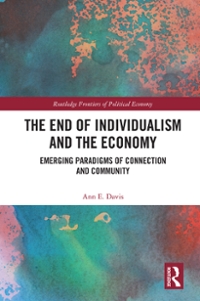Question
Hi, Can I get answers for these three questions ? Draw a diagram, similar to Figure 43.1, representing the foreign exchange situation of China when
Hi, Can I get answers for these three questions ?
Draw a diagram, similar to Figure 43.1, representing the foreign exchange situation of China when it kept the exchange rate fixed at a target rate of $0.121 per yuan and the market equilibrium rate was higher than the target rate. Then show with a diagram how each of the following policy changes might eliminate the disequilibrium in the market. a. allowing the exchange rate to float more freely b. placing restrictions on foreigners who want to invest in China c. removing restrictions on Chinese who want to invest abroad d. imposing taxes on Chinese exports, such as clothing
2
. In the late 1980s, Canadian economists argued that the high interest rate policies of the Bank of Canada weren't just causing high unemployment?they were also making it hard for Canadian manufacturers to compete with U.S. manufacturers. Explain this complaint, using our analysis of how monetary policy works under floating exchange rates.
3.
2. Suppose the United States and Australia were the only two countries in the world, and that both countries pursued a floating exchange rate regime. Note that the currency in Australia is the Australian dollar. a. Draw a correctly labeled graph showing equilibrium in the foreign exchange market for U.S. dollars. b. If the Federal Reserve pursues expansionary monetary policy, what will happen to the U.S. interest rate and international capital fl ows? Explain. c. On your graph of the foreign exchange market, illustrate the effect of the Fed's policy on the supply of U.S. dollars, the demand for U.S. dollars, and the equilibrium exchange rate. d. How does the Fed's monetary policy affect U.S. aggregate demand? Explain.
Thank you for helping !

Step by Step Solution
There are 3 Steps involved in it
Step: 1

Get Instant Access to Expert-Tailored Solutions
See step-by-step solutions with expert insights and AI powered tools for academic success
Step: 2

Step: 3

Ace Your Homework with AI
Get the answers you need in no time with our AI-driven, step-by-step assistance
Get Started


